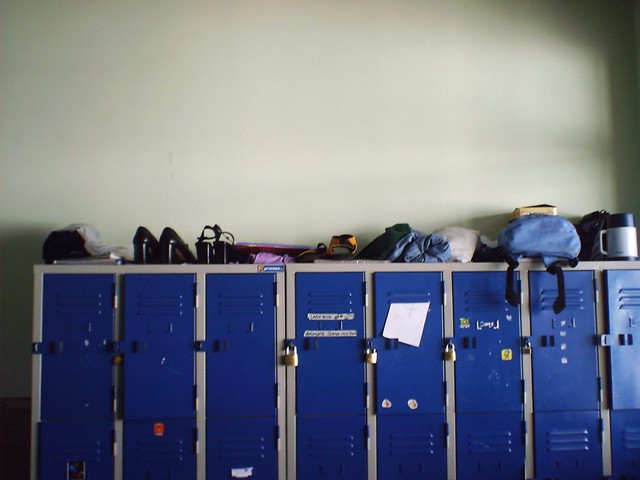Spend More on Education to Save on Health Care: Millennial Perspective
By
Guest Blogger
Posted:
|
Education,
Health Care
Keeping students in high school saves on health care costs down the road/ Photo by Tamara Sancy
By Tarsi Dunlop
When discussions around federal spending turn to trade-offs and long-term projections, the stakes are highest for the Millennial generation and those who are still in the K-12 education system. Too often is there a trade-off between education spending and health care coverage, especially on the state level. The Alliance for Excellent Education released a report in July 2013 titled, Well and Well-Off. Looking at recent Medicaid expenditures, the Alliance finds that the U.S can save $7.3 billion in annual Medicaid spending by cutting the high school dropout rate in half. Furthermore, increases in educational attainment reduce Medicaid expenditures on alcoholism, heart disease, obesity and smoking.
This trade-off is particularly important because although education may get labeled a priority by policymakers, health care costs often compete with education in the funding allocation process. It’s also worth noting that only 6 percent of the President’s FY2014 proposed discretionary budget goes to education. In order to provide a high-quality education to every child, public schools require adequate resources for a tremendous breadth of service. The Alliance asks the broader question however, of why we would spend money on health care that we could save by investing in education and increasing our graduation rate?
It’s widely acknowledged that one of our nation’s greatest long-term challenges is the rising cost of health care. We also know that individuals who graduate from high school have better health outcomes. As the Alliance* points out, those with a higher level of educational attainment are more likely to have a higher future income, occupational status and social capital, all contributors to improved health outcomes. These outcomes influence lifestyle choices and the affordability of decisions that promote good health. Individuals with lower levels of educational attainment are less likely to be insured, or to enroll in Medicaid and receive taxpayer-funded health care.
We know there are cost savings if we invest in education and we know that we must rein in rising health care costs. These realities are playing out on the state level. In FY2011, K-12 education accounted for the largest portion of state general fund spending at 35 percent, followed by Medicaid at 17 percent. The conversation over budget trade-offs is particularly pressing on the state level because states, unlike the federal government, cannot run budget deficits. What’s more, the ACA – also known as Obamacare – is expected to increase Medicaid expenditures, particularly for states that decide to expand coverage.
Increases in educational attainment produce better health outcomes and reduce the stain on the health care system as part of long-term planning for deficit control. From the Millennial perspective, the conversation around the long-term should focus on smart investments to help control future expenditures. Our generation should demand a higher quality dialogue around solutions that address these problems because we will bear the brunt of our current approach - kicking the can down the road. At some point, Millennials should lift up their collective generational foot and crush the can in its place.
Tarsi Dunlop is the former Director of Operations for the Roosevelt Institute Campus Network and a member of Roosevelt Institute | Pipeline's DC Chapter. She currently works at an education nonprofit in Alexandria.
*The report reflects research done before the implementation of the Affordable Care Act.
